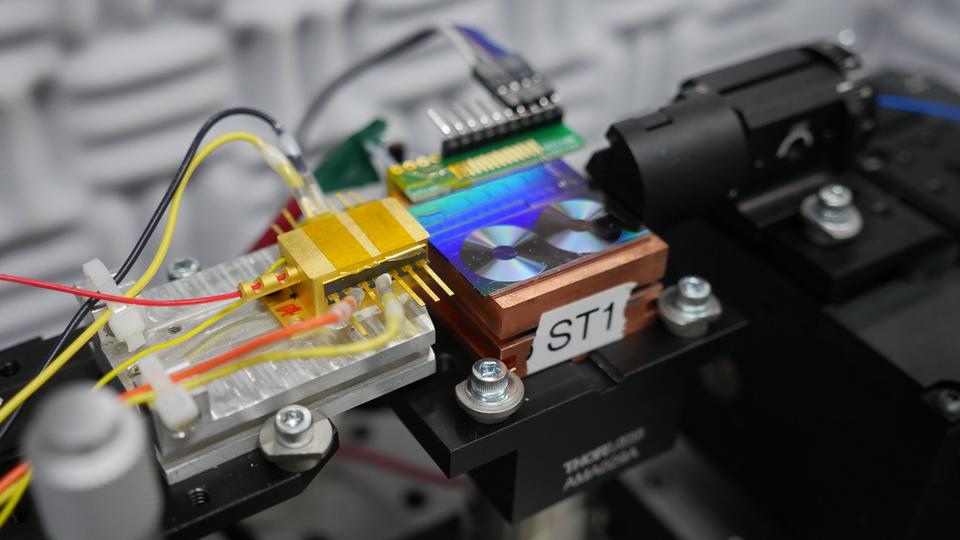
|
Getting your Trinity Audio player ready...
|
The National Institute of Standards and Technology (NIST) and its collaborators have made significant strides in timing technology by developing compact chips that convert light into microwaves. This advancement could have far-reaching implications for various technologies that rely on precise timing and communication, such as GPS, phone and internet connections, radar systems, etc.

One of the key benefits of this technology is the reduction of timing jitter, which refers to small, random changes in the timing of microwave signals. These fluctuations can impact the performance of various systems, much like a musician trying to maintain a steady beat in music. The researchers have reduced timing jitter to a tiny fraction of a second—15 femtoseconds, to be exact—making the signals much more stable and precise. This improvement could lead to increased radar sensitivity, enhanced accuracy of analog-to-digital converters, and more explicit astronomical images captured by telescope arrays.
The team’s work highlights the compact design of the components that produce these signals. Previously, such systems were tabletop-sized, but researchers have managed to shrink them to a chip roughly the size of a digital camera memory card. This size reduction reduces power consumption and makes the technology more accessible for everyday devices.
While several components of this technology are currently located outside the chip for testing purposes, the ultimate goal is to integrate all parts—such as lasers, modulators, detectors, and optical amplifiers—onto a single chip. This integration would further reduce the size and power consumption of the system, making it easier to incorporate into small devices without requiring excessive energy or specialised training.
Frank Quinlan, a physical scientist at NIST, emphasised the significance of this research in making microwave signals more accessible. He noted that the current technology requires several labs and many PhDs to produce microwave signals, highlighting the complexity and specialised knowledge required. By shrinking the size of components and making them more accessible, researchers aim to leverage the advantages of optical signals in a more practical and user-friendly way.
The technology relies on a semiconductor laser, which is a stable light source. The light from the laser is directed into a reference cavity, where it bounces around to match specific light frequencies with the cavity’s size. This process helps stabilise the laser’s frequency. The stable light is then converted into microwaves using a frequency comb, which changes high-frequency light into lower-pitched microwave signals. These precise microwaves are essential for navigation systems, communication networks, and radar systems, as they provide accurate timing and synchronisation.
In navigation systems like GPS, accurate timing is crucial for determining location. Similarly, precise timing and synchronisation ensure that data is transmitted and received correctly in communication networks. For instance, in busy cell networks, accurate signal synchronisation allows for the simultaneous transmission of multiple phone calls without significant delays or drops.
In radar systems, precise timing is essential for accurately measuring the time signals bounce back, which is used to detect objects like aeroplanes and weather patterns. The technology also has applications in astronomy, where low-noise signals and clock synchronisation are critical for imaging distant astronomical objects like black holes.
The development of this technology is a collaborative effort involving researchers from various institutions, including the University of Colorado Boulder, the NASA Jet Propulsion Laboratory, the California Institute of Technology, the University of California Santa Barbara, the University of Virginia, and Yale University. This interdisciplinary collaboration underscores the importance of teamwork in driving technological progress and revolutionising how we use light and microwaves for practical applications.
This advancement in timing technology has the potential to impact various industries and technologies significantly, making communication systems more reliable, radar systems more accurate, and astronomical observations more precise. As researchers continue to refine this technology and integrate it into everyday devices, its benefits will likely become even more apparent, ushering in a new era of precision and efficiency in the digital age.
















